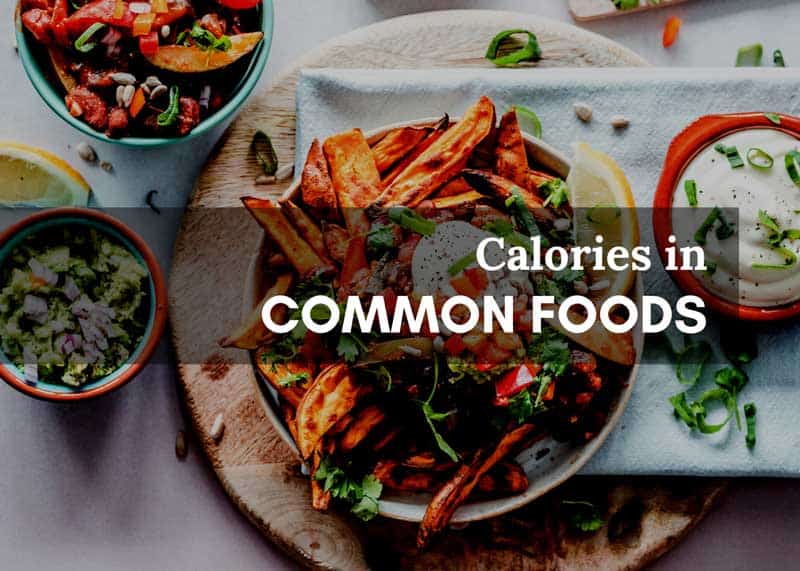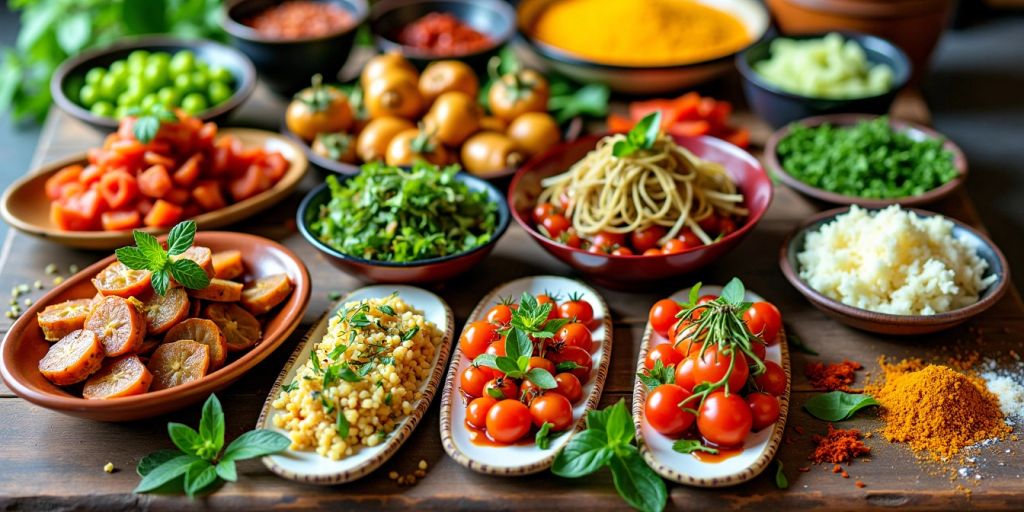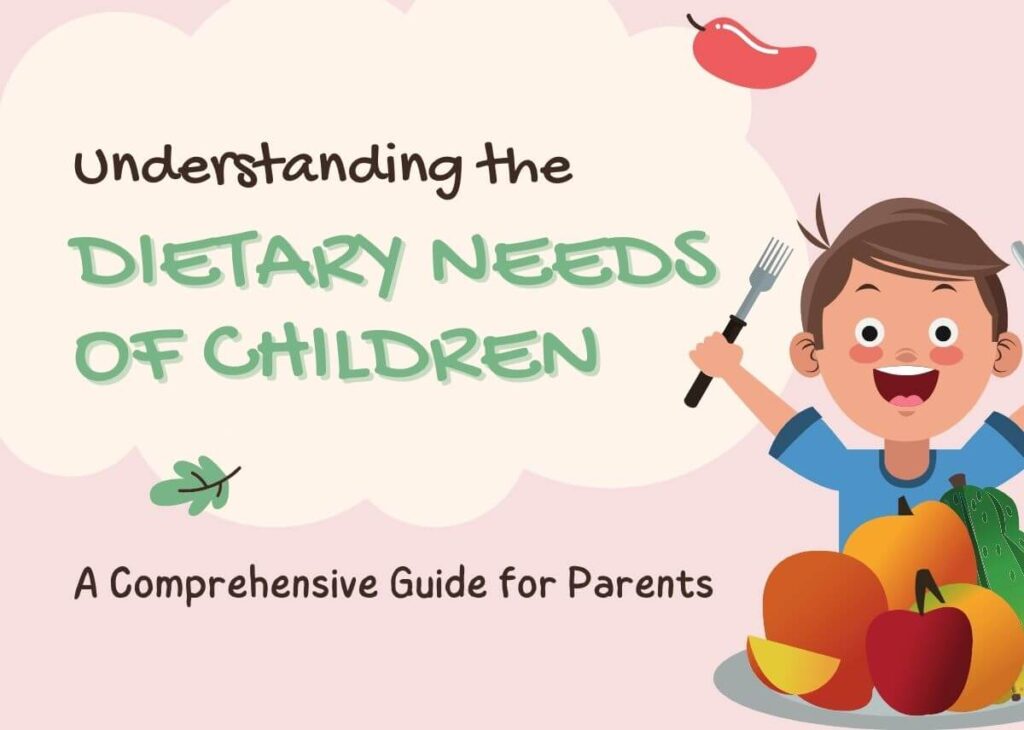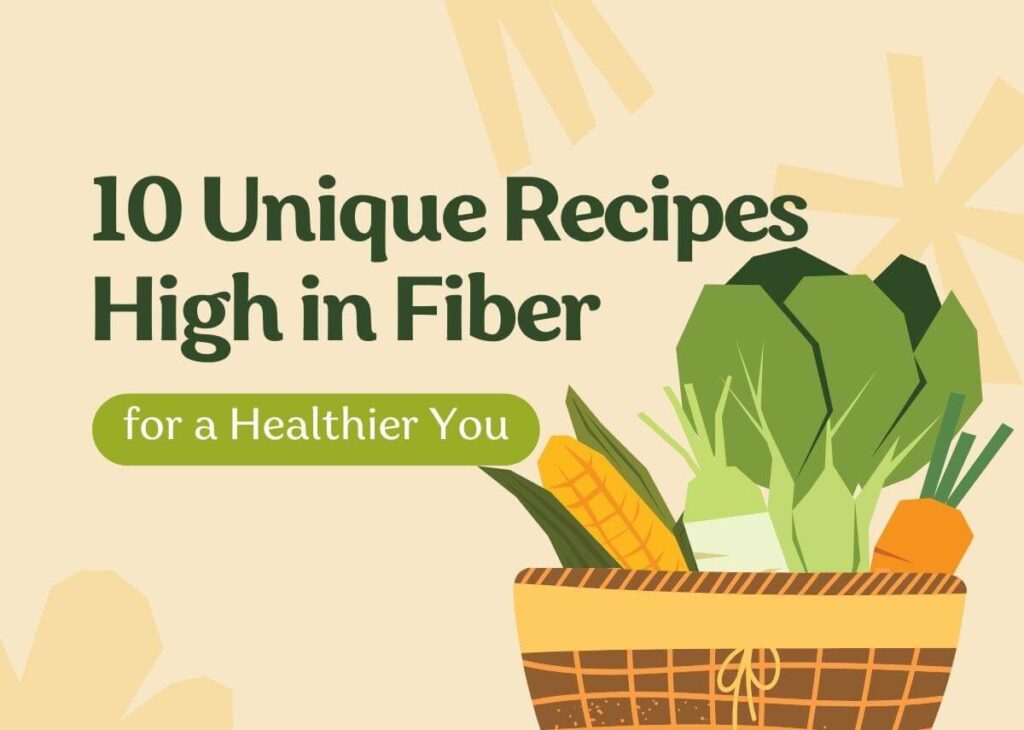How to Read Food Labels Like a Pro: A Guide for Parents and Dietitians

Reading food nutrition labels might seem confusing at first, but it doesn’t have to be. For parents and dietitians, understanding these labels is important to help make healthy food choices—for ourselves and for those we care for.
Have you ever looked at the fine print on food packaging and wondered if you’re choosing the healthiest option?
Table of Contents
This guide will explain why nutrition labels matter and how to read them in a simple, clear way so you can make better choices with confidence.
Why Nutrition Labels Matter
Nutrition labels are more than just numbers. They help you:
- Compare similar products to choose healthier options
- Avoid ingredients like allergens, too much sugar, or unhealthy fats
- Control portion sizes and monitor calories
- Plan meals based on health needs or dietary restrictions
- Make smart choices by looking past marketing tricks
When we learn how to read labels properly, we make better food choices for ourselves and our families.
You can learn more from trusted sources like the Harvard T.H. Chan School of Public Health.
How to Read Food Labels
Understanding the Nutrition Facts Panel
The Nutrition Facts panel gives a detailed look at what’s in your food.

Start with Serving Size
At the top, you’ll see Serving Size and Servings Per Container. All the other numbers on the label are based on one serving—not the whole package.
Example: A bag of chips may say one serving is 28g (about 15 chips) and that there are 3 servings in the bag. If you eat the whole bag, multiply all the numbers by three.
Calories and Nutrients
Calories tell you how much energy one serving provides.
You’ll also see:
- Macronutrients: Fats (including saturated and trans fats), carbohydrates (sugars and fiber), and protein
- Micronutrients: Vitamins and minerals such as Vitamin D, calcium, iron, and potassium
Example: If one serving of granola has 250 calories and you eat two servings with milk, your meal could total more than 500 calories.
Check the % Daily Value (%DV)
This tells you how much a nutrient in one serving contributes to a typical daily diet (based on 2,000 calories a day):
- 5% or less = Low
- 20% or more = High
Example: A snack bar with 25% DV of added sugars provides one-fourth of the daily limit in just one serving.
You can find more details at the FDA’s official guide to nutrition labels.
Key Terms to Know
Here are some common label terms and what they mean:
- Serving Size: The standard portion used to calculate nutrients.
Example: A bottled smoothie might look like one serving but actually contains two. - % Daily Value (%DV): Shows how much a nutrient contributes to daily needs.
Example: 30% DV of calcium is a good amount for bone health. - Trans Fat: An unhealthy fat. Even small amounts can be harmful.
Example: If the ingredients list “partially hydrogenated oil,” the product may contain trans fat—even if the label says 0g. - Dietary Fiber: Helps with digestion and heart health.
Example: Choose bread with 5g of fiber per slice instead of 1g. - Added Sugars: Extra sugars added during processing. Try to limit them.
Example: Some flavored yogurts have over 12g of added sugars per serving.
Also Read: Do I Really Need To Quit Sugar?
Clearing Up Common Nutrition Label Myths
Let’s clear up some misunderstandings:
- “Low-fat” means healthy – Not always. Low-fat products may have extra sugar or starch to improve taste.
- “Natural” or “Organic” means more nutritious – These terms describe how the food is made, not how healthy it is.
Example: Organic cookies can still be high in sugar and fat. - If a nutrient isn’t listed, it’s not in the food – Not necessarily. Labels only list certain nutrients by law.
Example: A food might have Vitamin C even if it’s not shown on the label.
You can learn more from reliable sources like EatRight.org.
Practical Tips for Smart Label Reading
When shopping, here’s how to quickly read and compare labels:
- Start with the ingredients list
Ingredients are listed from most to least. If sugar or corn syrup is in the top three, it’s best to choose another product. - Compare similar items
Example: One tomato sauce may have 8g of sugar per serving, while another has only 3g. Go with the lower one. - Ignore the marketing on the front
Claims like “whole grain” or “all-natural” may not tell the full story. Check the actual ingredients. - Choose based on your health needs
Example: If you have high blood pressure, pick soups with less than 140mg of sodium per serving. - Adjust based on personal needs
A teen athlete may need more protein than the average adult.
Visit the American Heart Association for more label-reading advice.
Navigating Dietary Information
Identifying Restrictions
- Allergies: Look for allergen warnings like “Contains: milk, soy, wheat.”
- Vegetarian/Vegan: Read ingredients carefully. Some foods may contain animal products like whey or gelatin.
- Gluten-Free: Look for certified gluten-free labels. Some foods may contain hidden gluten ingredients like malt.
- Low-Carb/Keto: Use the nutrition facts to check total carbs and fiber.
Example: A bar with 20g carbs and 1g fiber is not ideal for keto.
Customizing Choices for Your Family
Feeding a family means meeting different needs. Here’s how:
- Identify what’s most important
Example: Choose yogurt with added Vitamin D for children who don’t get much sunlight. - Use labels to compare
Example: Pick cereal with more iron for a vegetarian child. - Watch portion sizes
Example: A snack pack may say 120 calories, but that could be for just half the pack. - Make it a fun learning activity
Example: Ask your kids to find snacks with at least 5g of fiber—it turns label reading into a game.
You’ll find more helpful tips for families at FDA.gov.
Recognizing Hidden Ingredients
Sometimes ingredients are listed in less obvious ways. Here’s how to spot them:
- Sugar has many names
Look for ingredients like dextrose, maltose, or cane juice. - “Natural flavors” and “spices” are vague
They can come from animal or plant sources. If in doubt, contact the brand. - “Free from” claims can be misleading
Example: “Cholesterol-free” oil may still be high in unhealthy saturated fats. - Pay attention to serving sizes
A bottle of juice might list 90 calories per serving—but have two servings in one bottle.
Final Thoughts
Understanding food labels helps you take control of your health and support your family’s well-being. With just a little practice, you’ll be able to spot the best choices on the shelf and feel confident about what’s going on your plate.






